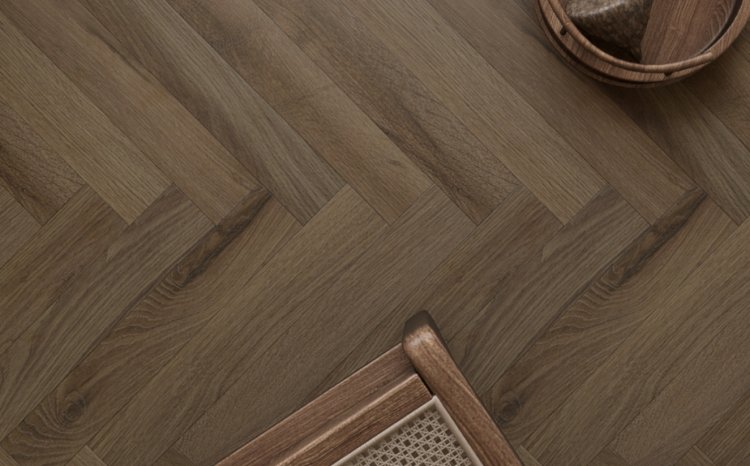India’s Wooden Flooring Market: Growth, Challenges, and Opportunities
Let’s know about the key factors shaping this evolving market—its growth, the challenges it faces, and the opportunities ahead.
Share this Post to earn Money ( Upto ₹100 per 1000 Views )

Wooden flooring is no longer just a luxury found in high-end residences or five-star hotels. In recent years, it has made its way into the hearts and homes of middle-class Indian consumers as well. With rising aspirations, urban development, and design-conscious homeowners, India’s wooden flooring market trends is experiencing an exciting transformation. Let’s know about the key factors shaping this evolving market—its growth, the challenges it faces, and the opportunities ahead.
The Growth Story of Wooden Flooring in India
The Indian wooden flooring market has grown significantly over the past decade. A combination of factors has driven this surge: urbanization, rising disposable income, increased exposure to global design trends, and a growing preference for stylish yet functional home interiors.
Engineered wood, laminate, and hybrid floors are now being widely adopted in residential and commercial spaces alike. Tier-1 cities like Delhi, Mumbai, Bangalore, and Hyderabad have seen steady demand, and Tier-2 cities are catching up quickly as customers become more design-savvy.
Another major growth factor is the booming real estate and interior design industry. Developers and architects now prioritize wooden flooring as a key aesthetic element in luxury and semi-premium segments. Additionally, awareness about eco-friendly flooring options like bamboo and FSC-certified engineered wood is increasing, giving the market a sustainability-driven push.
Challenges the Industry Must Tackle
Despite its upward trajectory, the wooden flooring market in India does face a few roadblocks.
-
Climate Sensitivity: Wood can react to moisture and temperature, which poses a challenge in regions with high humidity. This makes buyers hesitant, especially in coastal or monsoon-heavy areas.
-
Lack of Skilled Installation Professionals: Improper installation can lead to flooring failures, yet India still faces a gap in trained manpower for wooden floor installation.
-
Cost Perception: Many buyers still believe that wooden flooring is expensive and high-maintenance, even though more affordable and low-maintenance options like laminate and hybrid flooring are available.
-
Awareness Gap: Unlike tiles and marble, wooden flooring is not yet fully mainstream. A significant portion of the market is still unaware of the durability, variety, and ease of maintenance that modern wooden flooring offers.
Opportunities Waiting to Be Tapped
The future looks promising for wooden flooring in India, and there’s plenty of room for expansion and innovation.
-
Tier-2 and Tier-3 City Penetration: As awareness spreads and supply chains become more efficient, these cities are expected to drive the next wave of demand.
-
Make-in-India Potential: There’s a growing opportunity for domestic manufacturing of high-quality engineered and laminate flooring, reducing dependence on imports.
-
Eco-Friendly Innovations: Consumers are more environmentally conscious than ever. Offering sustainable wooden flooring options can be a strong USP for brands looking to stand out.
-
Retail Experience & Personalization: Interactive showrooms, 3D visualization, and personalized design consultations can enhance customer experience and drive conversions.
Final Thoughts
India’s wooden flooring market is on the brink of transformation. With the right mix of innovation, awareness, and education, it has the potential to become a mainstream flooring choice across the country. Brands that address the challenges head-on and focus on sustainable, stylish, and affordable solutions will lead the way in this dynamic industry.













